I have always been an anxious person, but through my teenage and early adult life I didn’t really notice it, hidden through false bravado and masked through my image, alcohol and other vices that stopped me really acknowledging or experiencing it fully.
I have bitten my nails for as long as I can remember, one classic sign of childhood anxiety.
As I’ve grown older I have been able to reflect more on the traumas and triggers that may have lead to my anxiety. But it is in having children of my own that I have really felt the full scale capacity for the magnitude of it.
It is not necessary here to talk about specific traumas that happen in our lives to create anxiety. Sometimes it’s specific events, sometimes it’s the behaviour of those around us and sometimes it’s part of our own personalities. Often it is a combination of all of the above.
But what I do know is that our anxiety is projected outwards and children pick up on this.
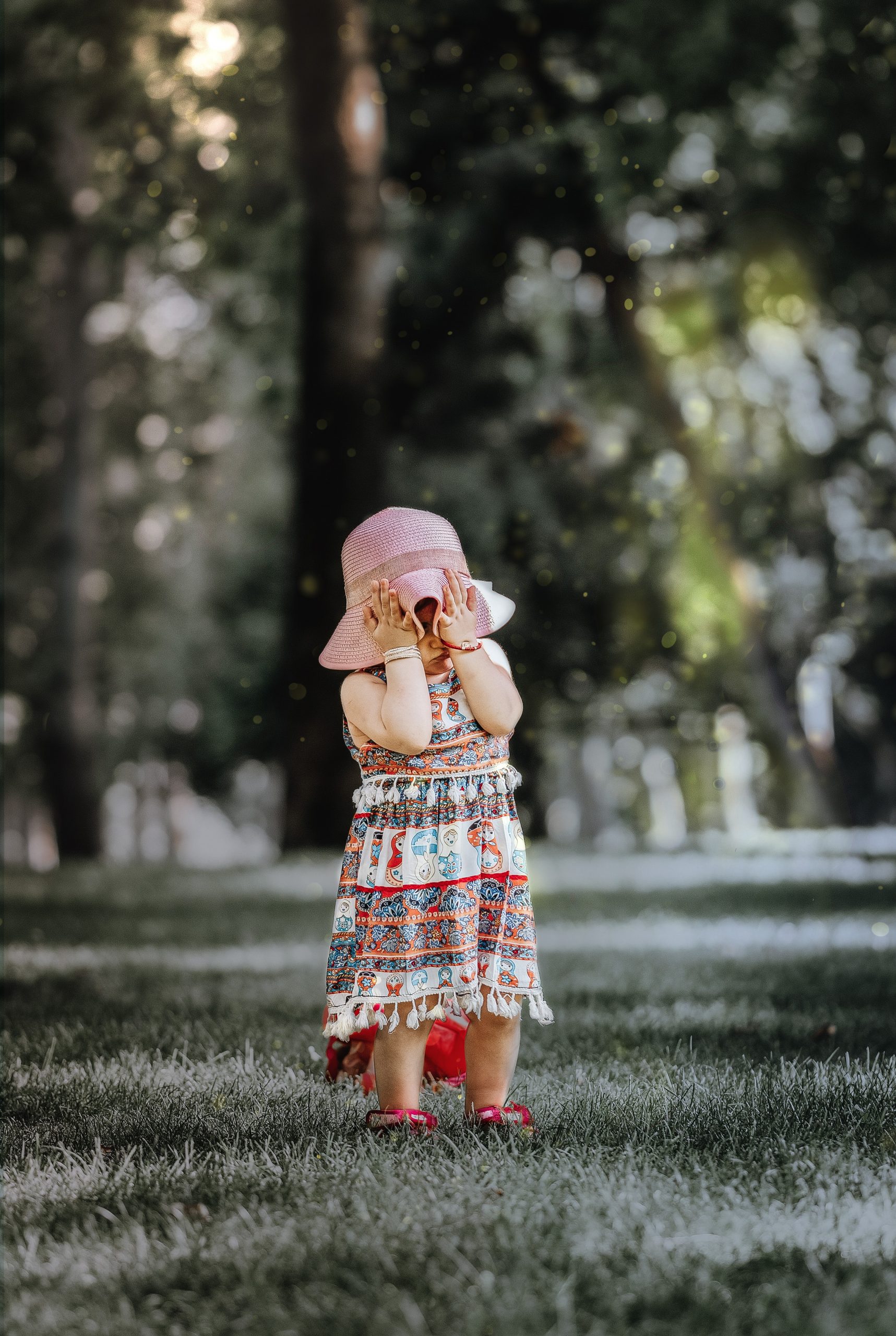
As children, the constant mantra we all heard to all activities was to “be careful”. Whether it be heading out for the day as a teenager or something as simple as walking down the road or playing in the playground as a young child.
“Be careful you don’t hurt yourself” as you climbed the slide, balanced on a wall, jumped on the sofa, or spun around in circles in the garden. The simple activities of childhood, prefixed with fear of harm.
Those anxieties in time can be internalised as our own fears.
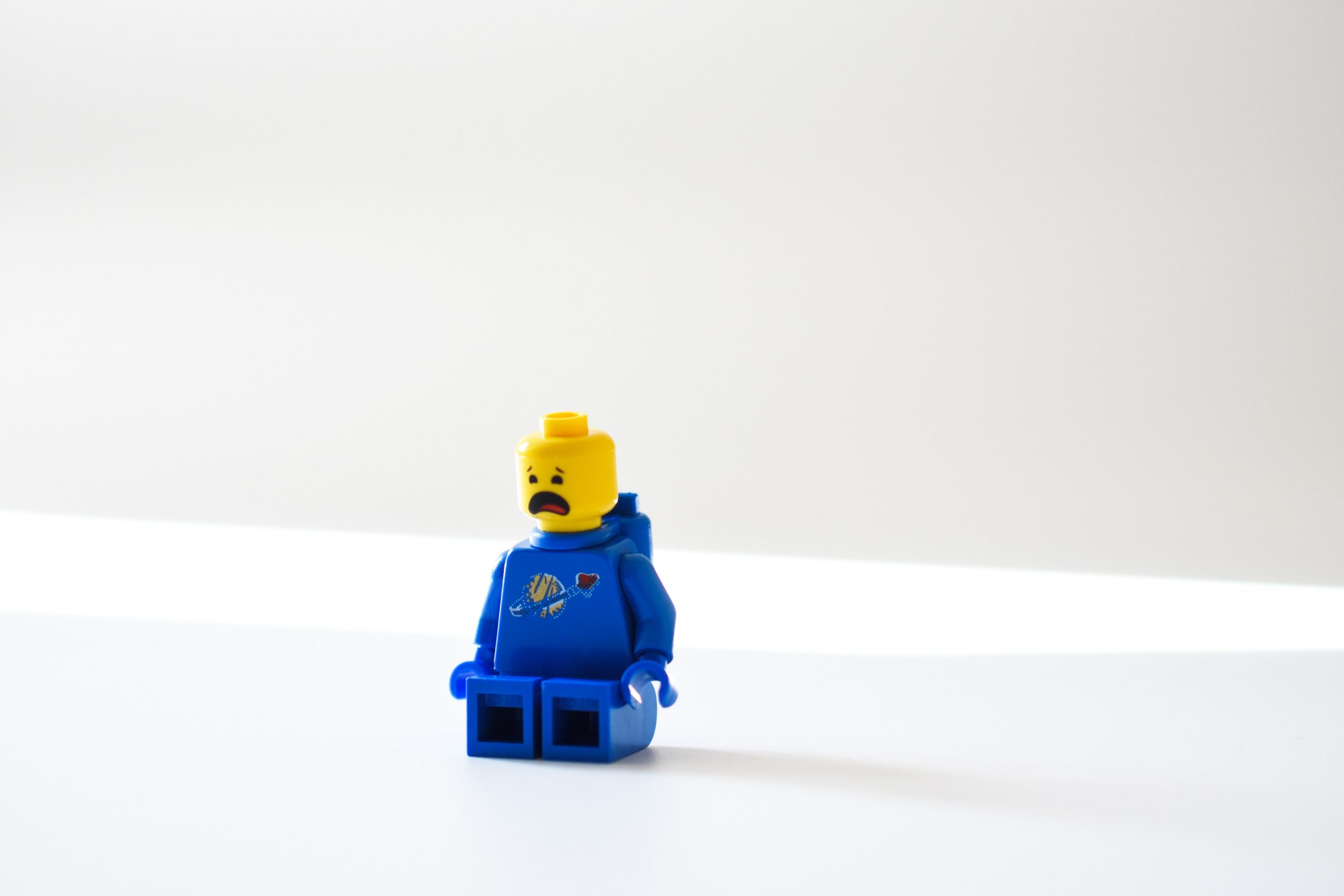
Being pregnant was like the anxiety suddenly got reignited and was stronger than ever, along with intrusive thoughts I was plagued by fear and preoccupation with dying in childbirth or harm coming to my baby.
In time this shifted, but what remained was the familiar ghost. The haunting echo of “be careful” passed from our parents, and their parents, that we then pass onto our children.
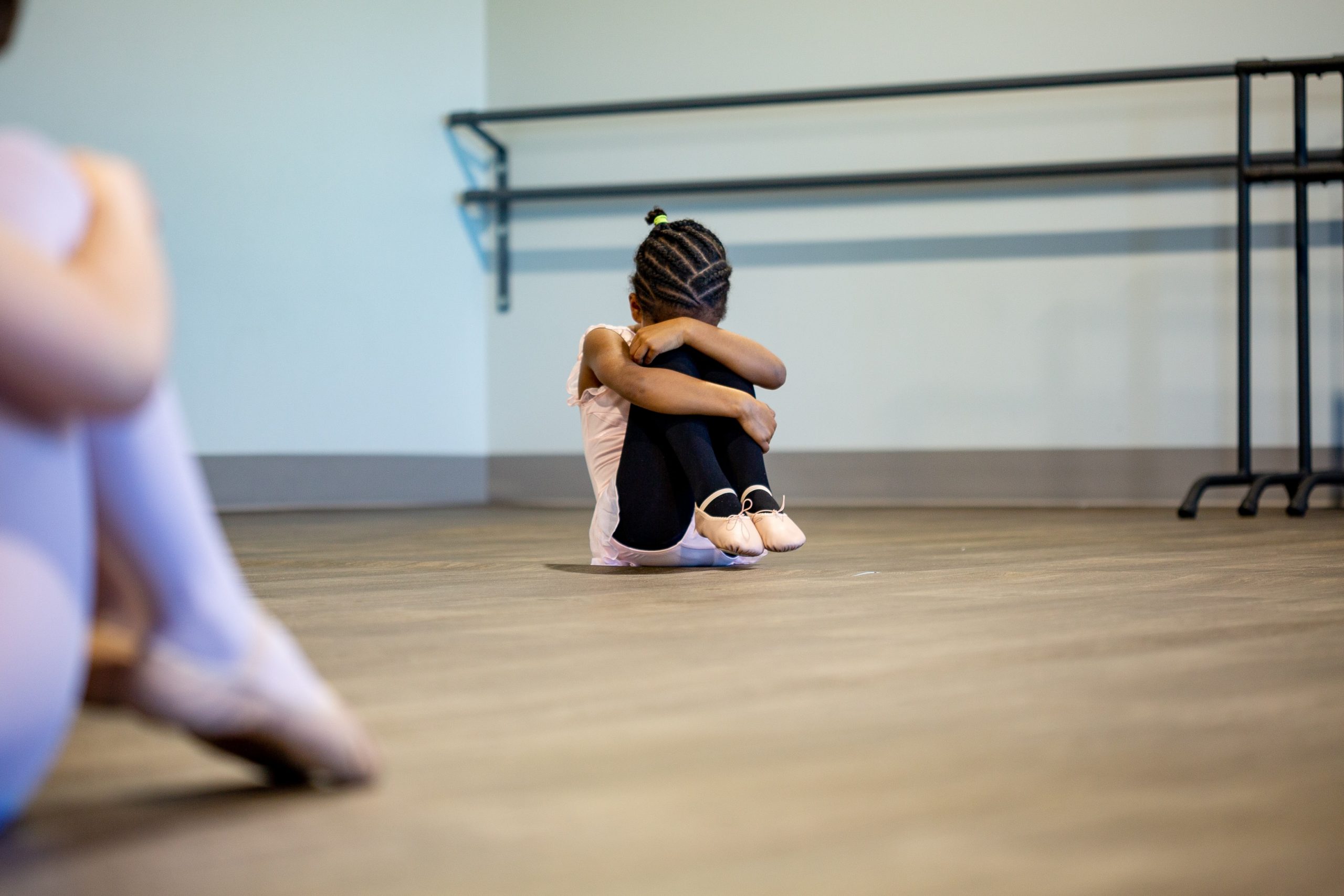
At the start of the year we were all out as a family wandering through the park and I saw a couple calmly standing near a tree looking up. I too peered up and at the very top of this enormous tree was a very little person. Not much bigger than my 5 year old. This kid was higher than I’d ever seen anyone climb a tree. I kept thinking, if they fell there is absolutely no way they would survive or would as a minimum break their back!
I gazed at the parents who seemed so calm. They weren’t calling anything out or sending warnings up into the abyss.
I said to them “wow, I’d be terrified” and the mum looked to me and said “I am, but they love to climb, we just have to trust and hope”.
As I walked away I couldn’t stop myself glancing back, and looking up at this little speck in the sky. I was in awe of the parents and in awe of the child.
We walked past the world’s tiniest tree and I asked Ravey if he wanted to climb it. No word of a lie he got perhaps 2 foot off the ground and froze. He called out for help, scared to go up or down. In this single moment I felt ashamed, embarrassed and devastated, as well as a little annoyed I confess! Part of me wanted to scream to get a grip and stop being silly. But the issue was mine, not his.
I’m not suggesting the parents in this scenario had it right. Perhaps they were being somewhat reckless and could do with a little more fear, but one thing for sure is that I knew that I was crippling my child with fear. Fear of the unknown in a pretty safe scenario with minimal risk.
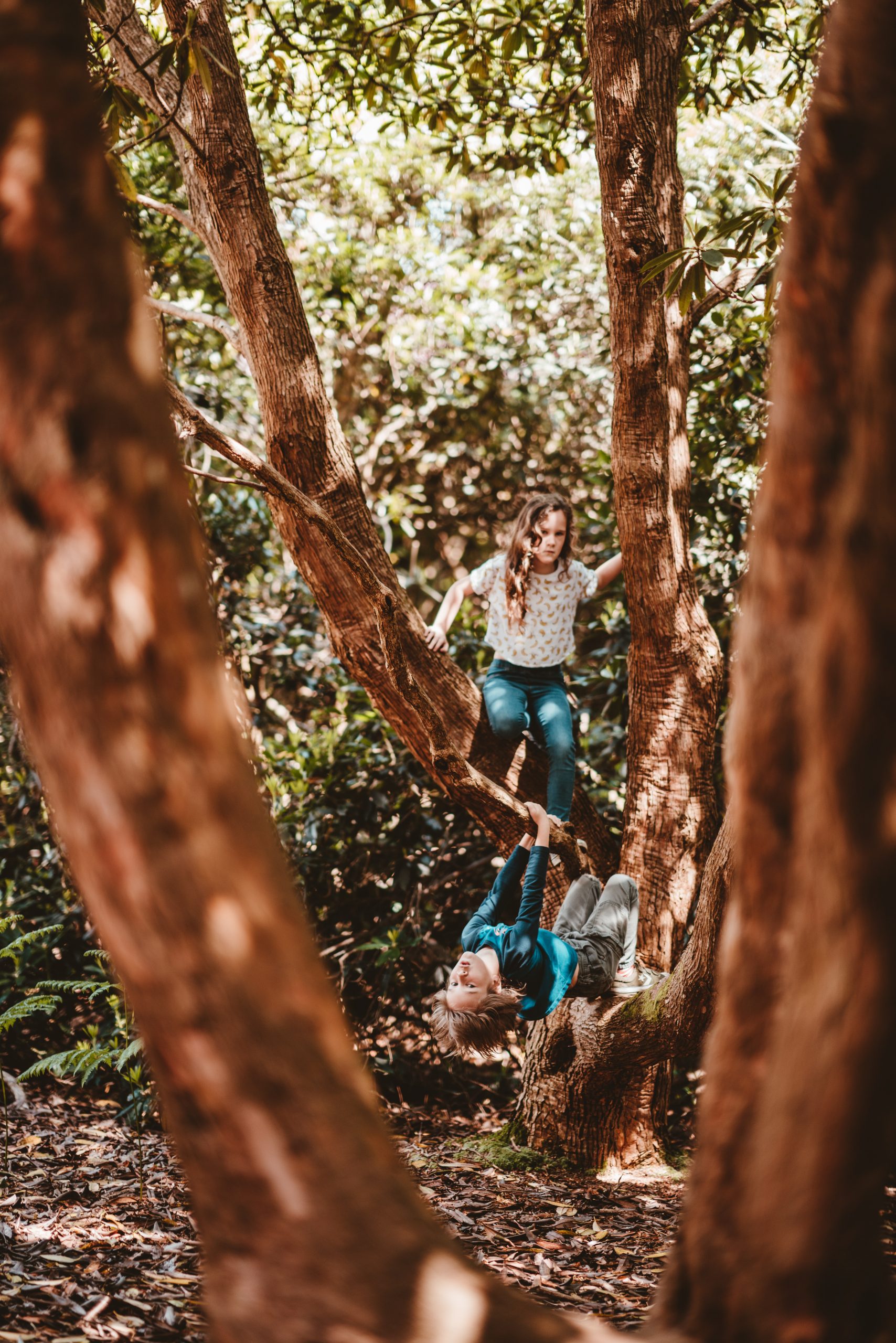
Many a time I have been in the park and all I can hear is me constantly telling my kids to “be careful”, “hold on”, “watch out”, “not too high/ fast /far” etc. And it’s not just harm to them, it extends to other areas of play too “don’t wave that stick you might hurt someone”. It got to the point that I was sick of hearing my own voice. It’s particularly pertinent when you spend time with another family who are much more hands off. You really see yourself from the outside and it’s not good.
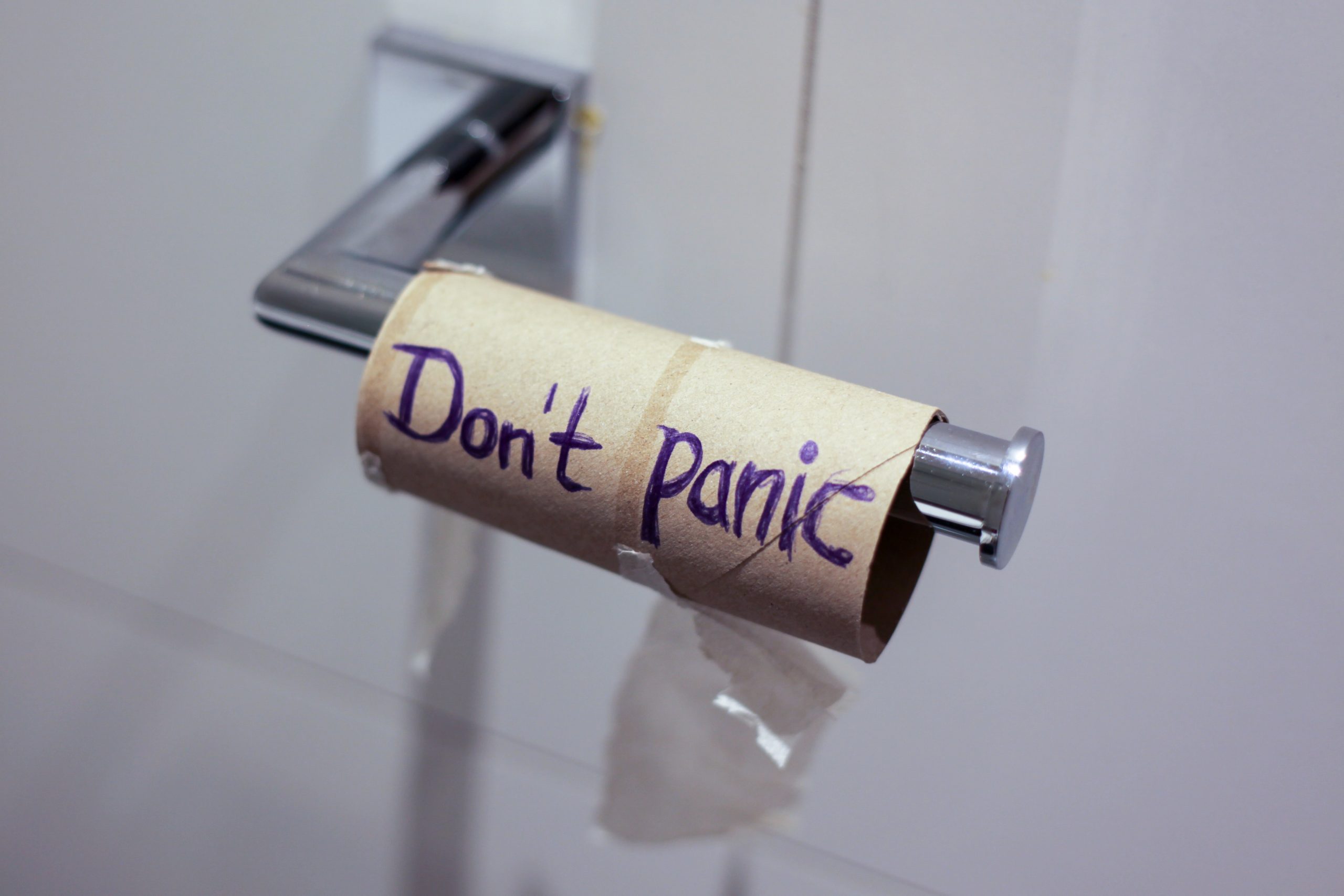
Over the past year I have really made a concerted effort to try and curb my fear of harm being projected onto my kids and to encourage them to explore and discover for themselves. Part of the remedy for this was just getting outside and making an active choice to allow the children to live in the natural world.
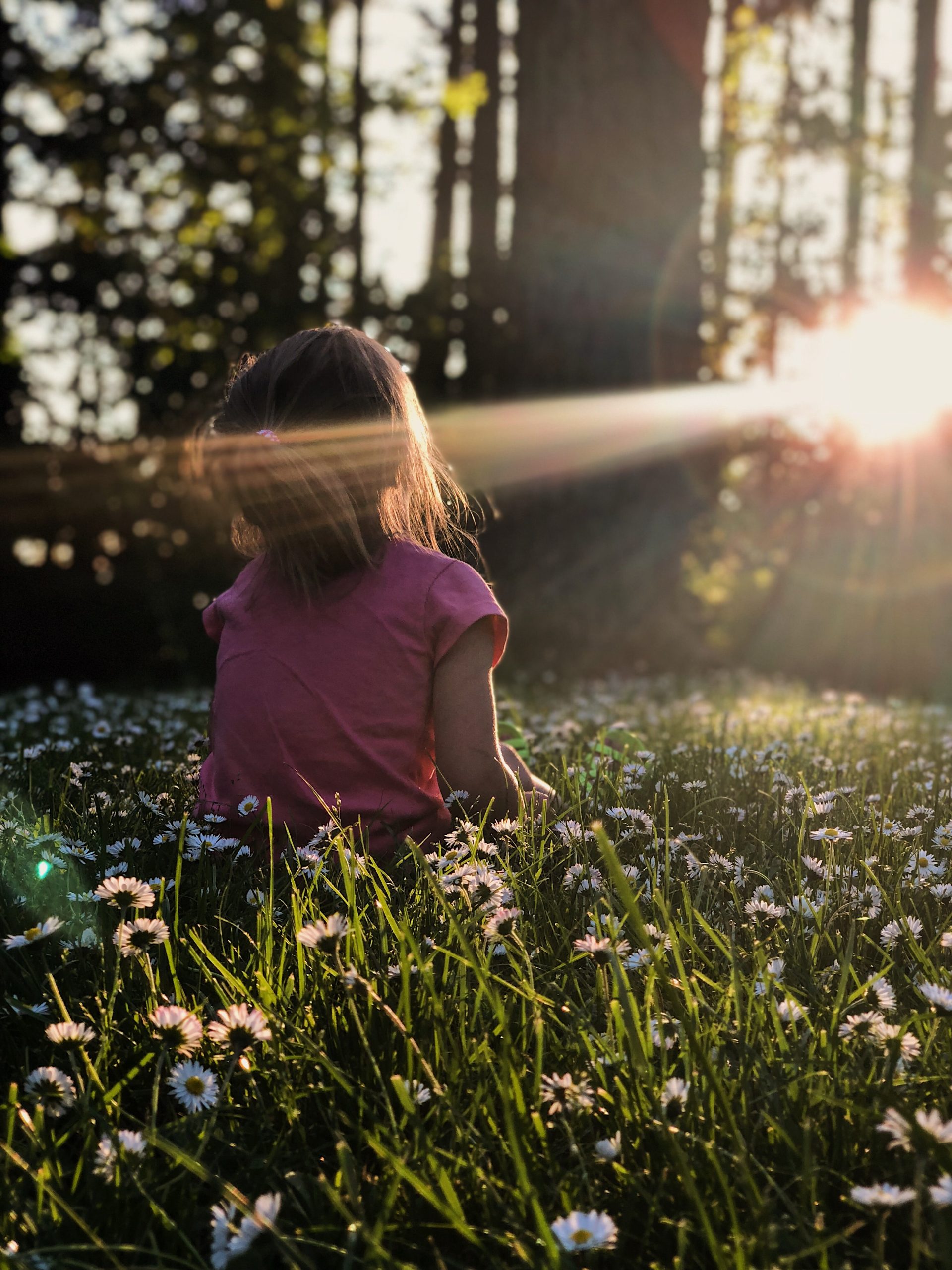
This shift in being more ‘outdoorsy’ hasn’t always been easy and at times it’s been hard to be motivated. When it’s cold and damp it’s hard to get anyone in the mood but over this year I’ve found that once we actually get somewhere, spirits often lift and fun is had.
Ravey is a little older and at 5 he can sometimes be a bit of a grump and hard to convince that wandering around without the aid of toys or a playground isn’t boring but he is getting there. And slowly we are seeing progress.
He now gets to the top of the climbing frame at the park and feels pride. He is wanting to try and climb trees that he feels are manageable. It’s going to take time for him to overcome that fear embedded within.
Roo on the other hand is fearless. With mostly experience of a life spent abundantly outdoors and freedom to jump and climb, she goes straight for it (within reason, we are still scaredy cats trying hard to reign in the anxious warnings). And in doing so is more physically able. She is not inhibited by her fear, only by her physical limitations.
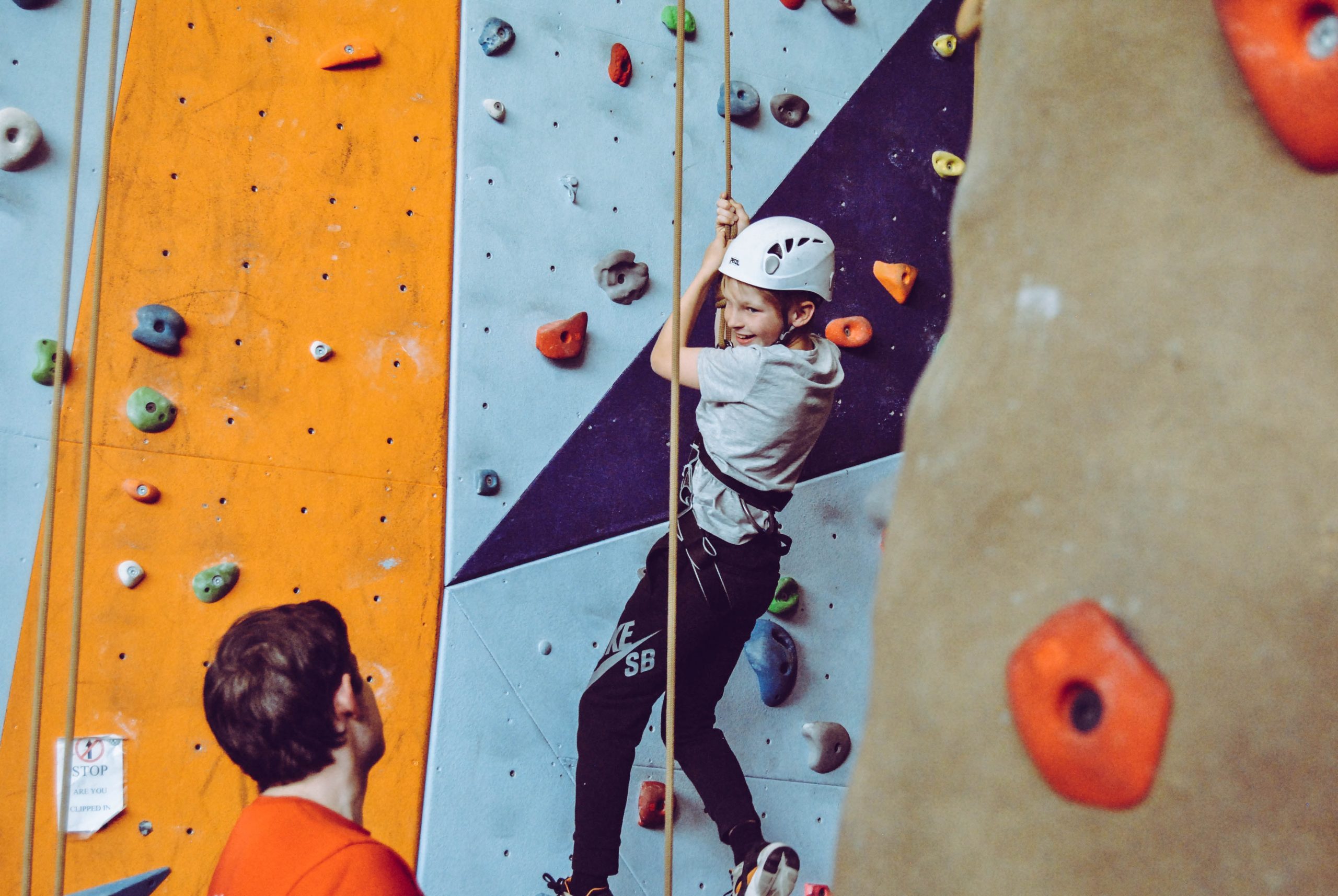
The work is ongoing and the journey has just begun. We are trying to immerse ourselves in the world around us and allow the children to exist within their natural framework in a world where they can negotiate and test their own boundaries.
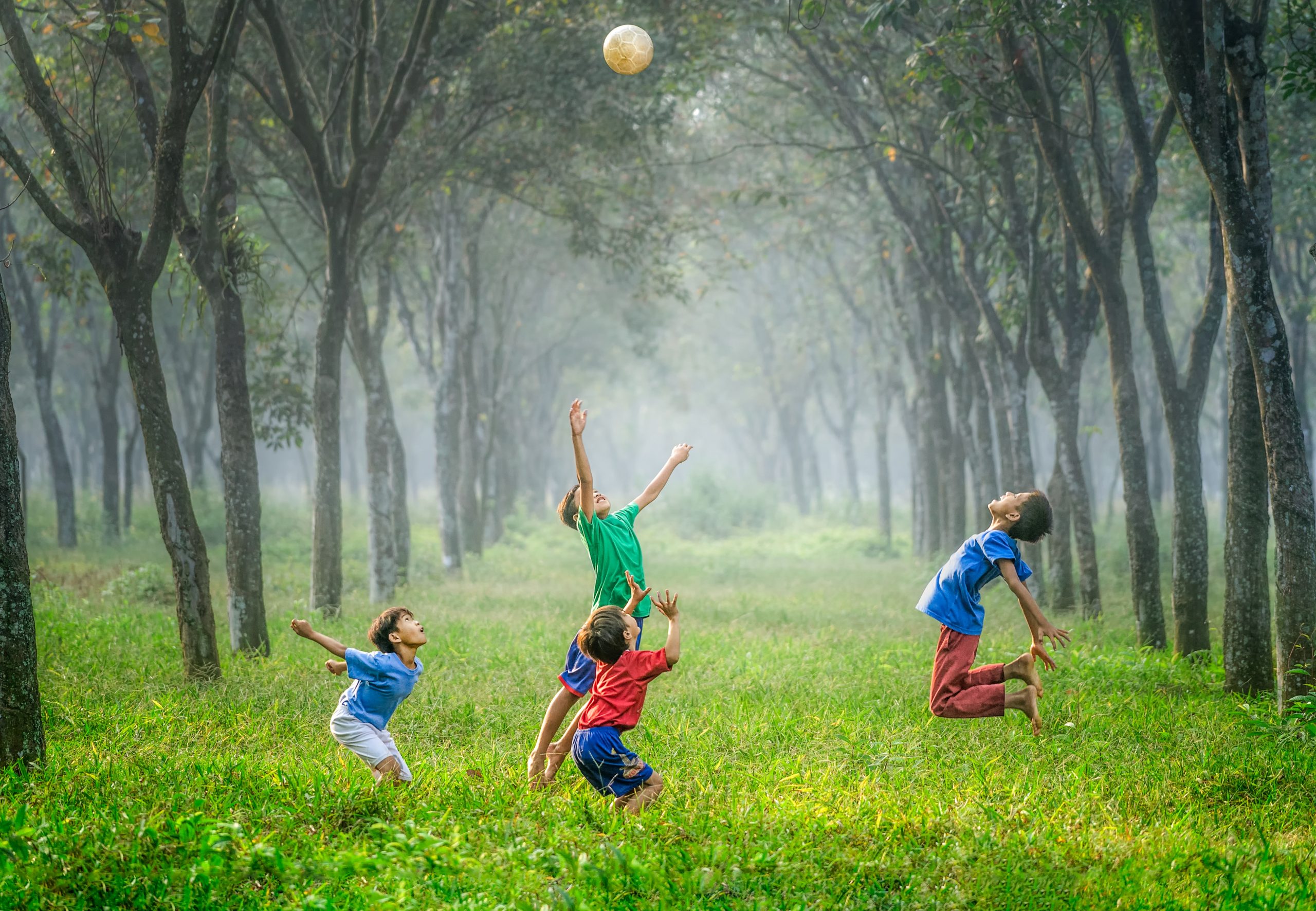
Like a ghost of anxieties past, haunting first our childhoods and then that of our children, the fear must be faced and challenged, to be overcome and finally laid to rest.
Generations and generations repeating the same patterns resulting in childhoods wrapped in cotton wool, softened by the effects of perceived threat. The reality being that we ill equip our children to trust themselves, to push and challenge themselves and therefore they fail to learn true safety.
How can you really trust yourself or your capacity if you don’t know what you can do and where your limitations lie?
We stunt them to limit their achievements and ‘play safe’ as opposed to pushing through and aiming high.
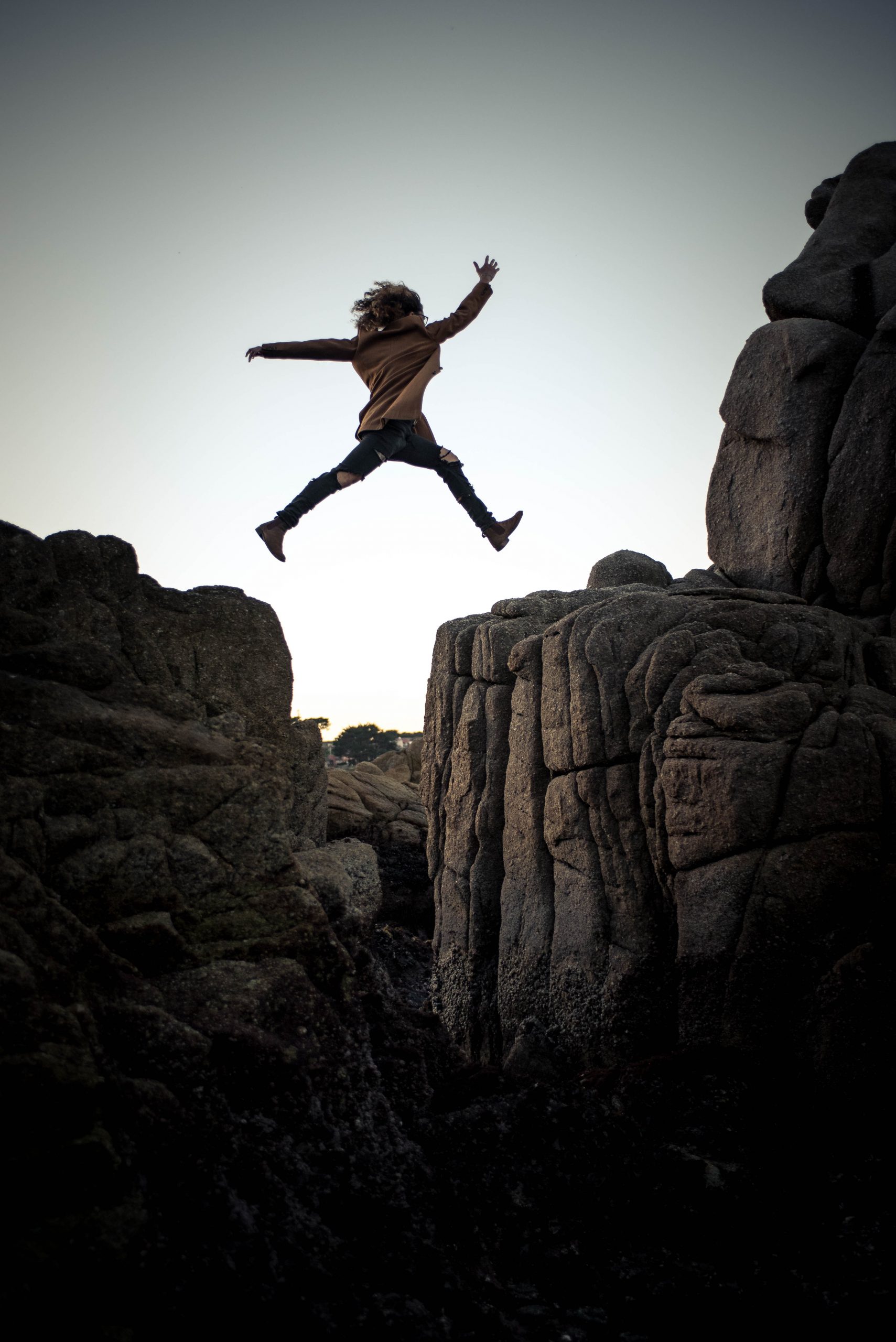
If this is you, you aren’t alone. So many of us are like this. It’s partly a natural part of parenting.
For now I’m trying hard to use a different narrative. To hold back and question whether I need to even say anything at all. Shouting out a warning really is of no use as it is so vague and teaches the child nothing of actual threat but merely an unknown. It instills blind fear.
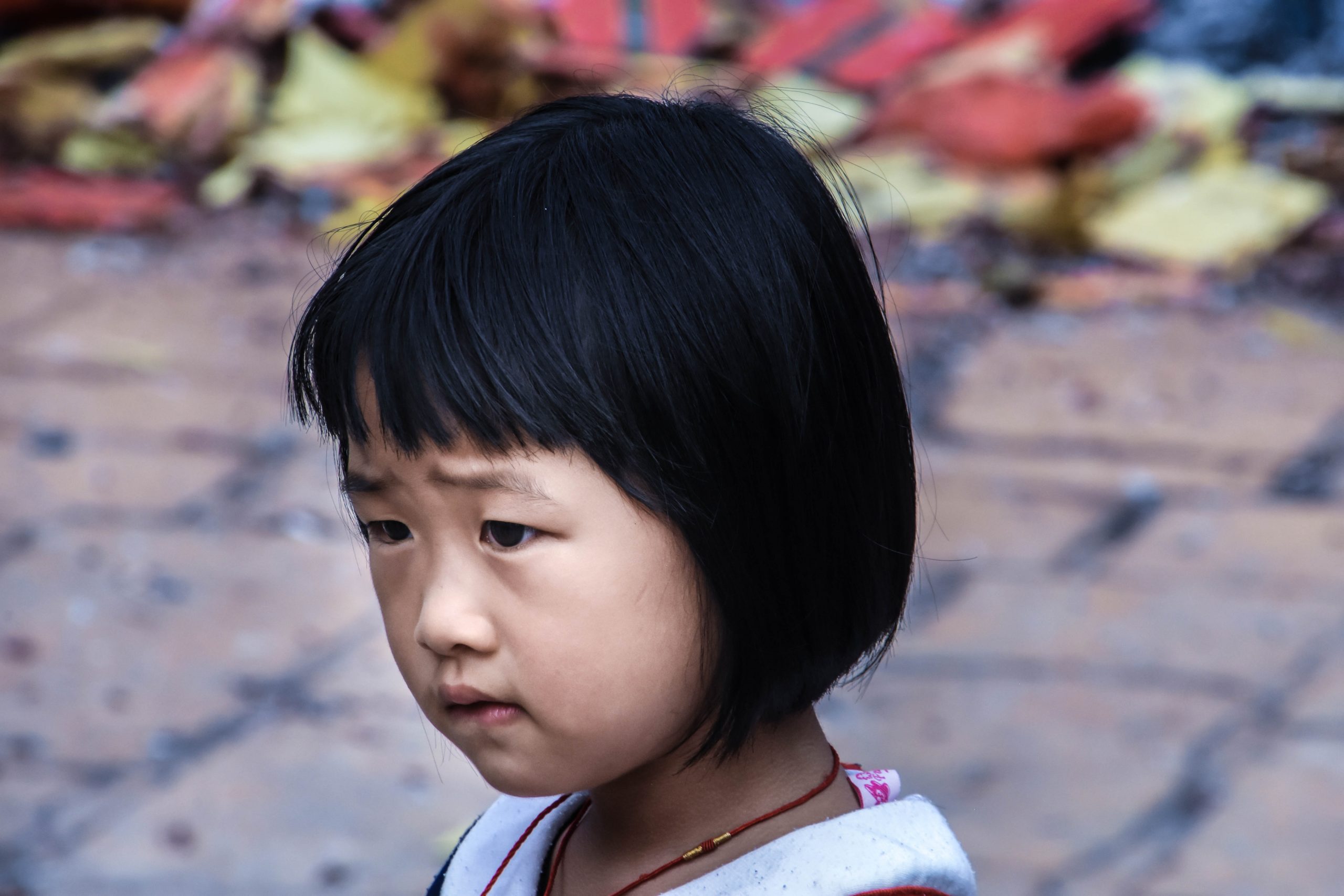
I am taking time to ask myself what the actual potential for harm is and what I am actually scared of happening. Rather than holding them back I’m trying to consider what I can say to help them problem solve and navigate any potential for harm I may be worried about.
Instead of saying “be careful” asking “what’s your plan/ How might you/ what can you do/ what might you use…for how you might get across/ climb up” etc.
Asking “do you feel stable / safe” or merely volunteering and reminding of your presence such as “I am here if you need me”.
If I see something I am worried about that I believe they haven’t considered, saying “do you notice/ see how/ have you seen… the gap in the bridge, the rock, water, slippery step etc”.
And of course all this whilst having a mini heart attack with your heart in your throat filled with absolute fear, eyes wide like a rabbit in the headlights, but as long as they don’t see, its ok.
it’s your fear and your problem and it’s our work to do.
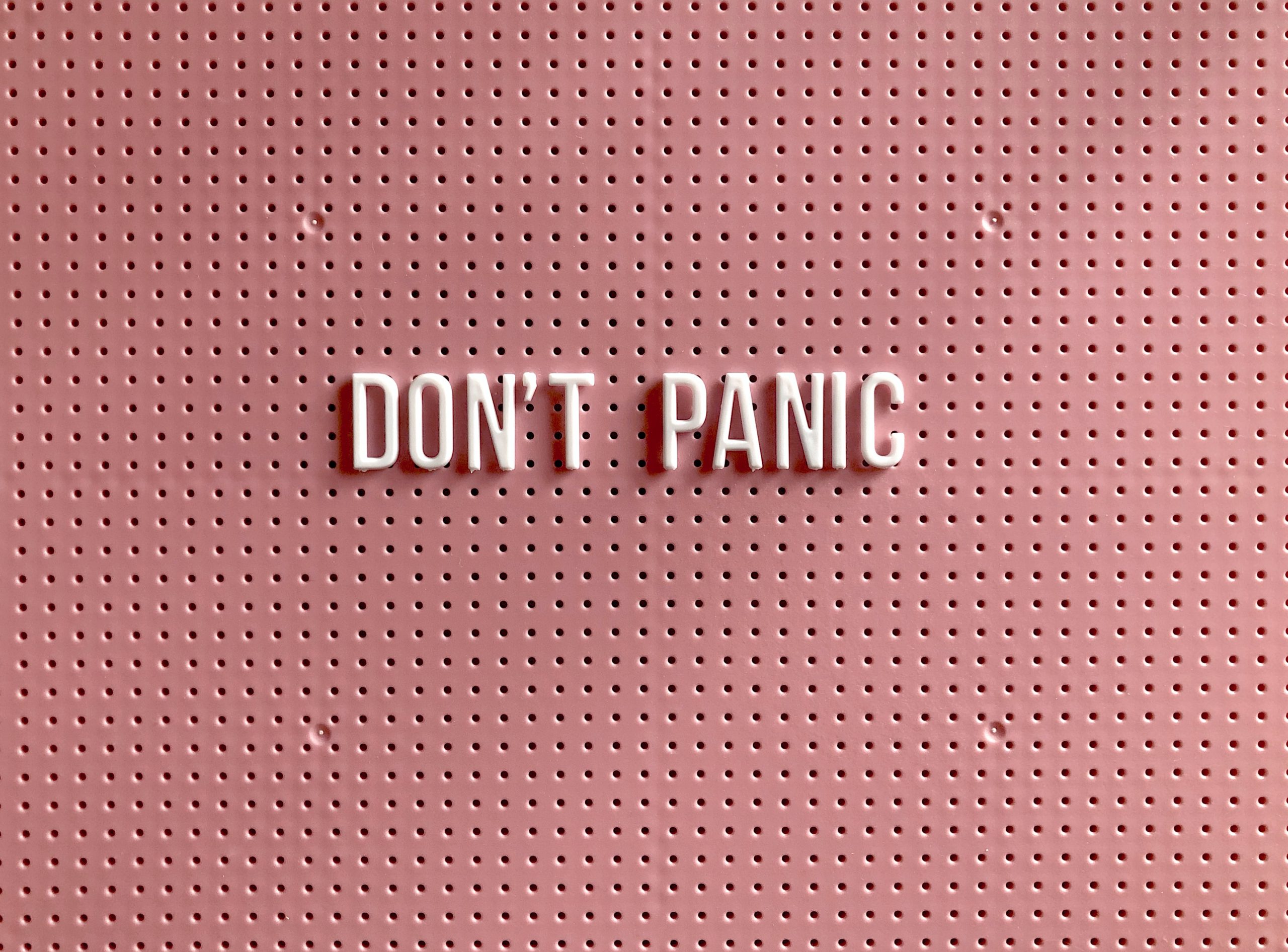
It’s definitely a process. Learning and growing and making progress for our kids.